Welcome to our blog post on implementing pasture-based systems in free-range chicken farming, where we explore how this approach can enhance welfare and quality. Pasture-based systems promote their physical and mental well-being by allowing chickens to roam and forage naturally.
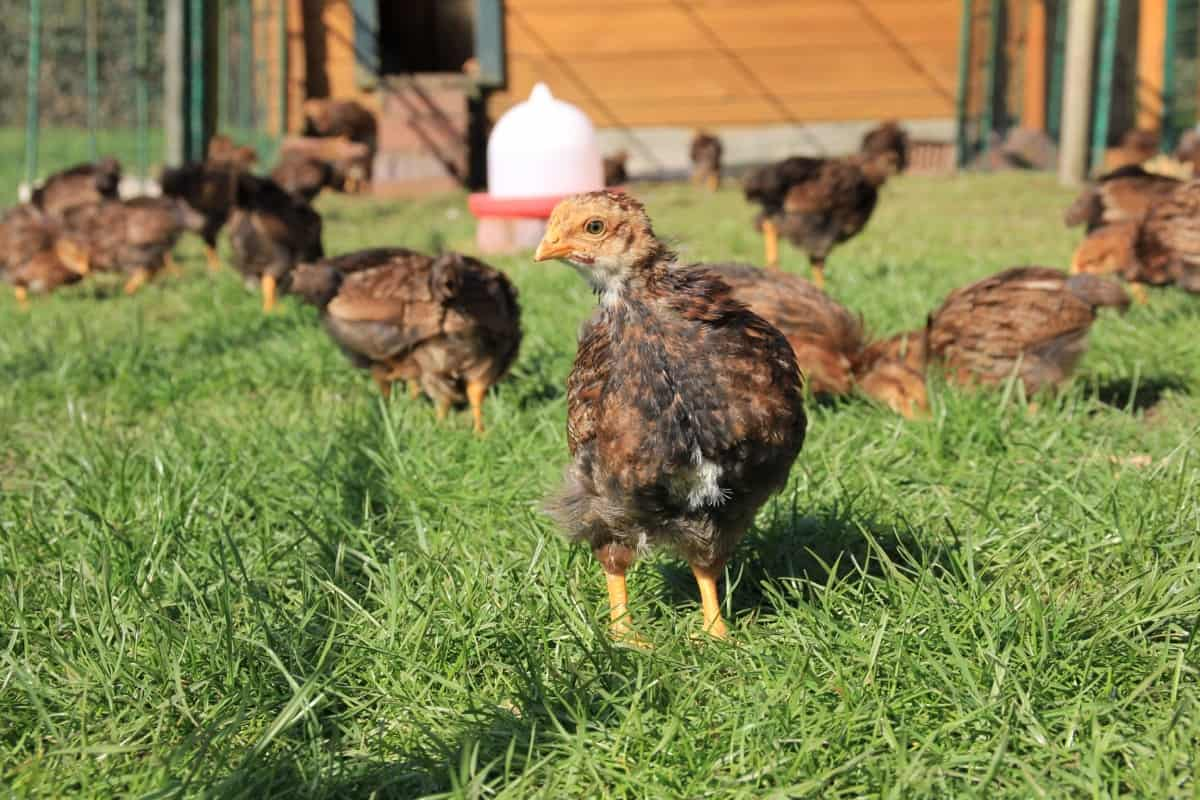
This farming method can also improve meat and egg quality, as the chickens can access a diverse diet and exercise. This article discusses the benefits, best practices, and solutions for implementing pasture-based systems, highlighting their profitability and positive environmental impacts.
What is Pasture-Based Free-Range Chicken Farming?
Pasture-based free-range chicken farming is a system that prioritizes chickens’ welfare and quality by providing them access to pasture and forage areas. Unlike conventional farming methods, where chickens are confined to indoor spaces, pasture-based systems allow chickens to roam and explore outdoor environments, mimicking their natural behaviors.
Research has shown that chickens raised in pasture-based systems have improved health, lower stress levels, and higher nutritional content in their meat and eggs. This approach promotes sustainable agriculture by utilizing natural resources and reducing environmental impact while meeting consumer demand for ethically raised poultry products.
Pasture-Based Free-Range Chicken Farming Benefits
- Enhanced Welfare: Pasture-based free-range chicken farming allows chickens to engage in natural behaviors, promoting their physical and mental well-being.
- Nutritional Quality: Chickens raised in pasture-based systems have been found to produce meat and eggs with higher nutritional content, including increased levels of omega-3 fatty acids and vitamins.
- Diverse Diet: Access to pasture enables chickens to consume herbs, roots, stems, and invertebrates, resulting in a more varied and balanced diet.
- Reduced Stress Levels: Pasture-based systems’ natural environment helps lower stress levels in chickens compared to those raised in confinement.
- Environmental Sustainability: Pasture-based systems promote sustainable agriculture by utilizing natural resources and reducing the environmental impact of intensive farming practices.
- Improved Soil Health: The rotational grazing of chickens on pasture helps improve soil health by enhancing nutrient cycling and reducing soil erosion.
- Natural Pest Control: Chickens foraging on pasture can contribute to natural pest control by consuming insects and worms, reducing the need for chemical interventions.
- Positive Impact on Local Ecosystems: Pasture-based farming systems can positively impact local ecosystems, promoting biodiversity and supporting the health of surrounding flora and fauna.
- Consumer Preference: Pasture-based free-range chicken products often align with consumer preferences for ethically raised poultry, promoting animal welfare and environmental sustainability.
- Community Connection: Pasture-based systems can foster a closer connection between farmers and their local communities, providing transparency and educational opportunities for sustainable farming practices.
In case you missed it: How to Start Free-range Chicken Farming: A Step-By-Step Guide, Advantages, and Disadvantages
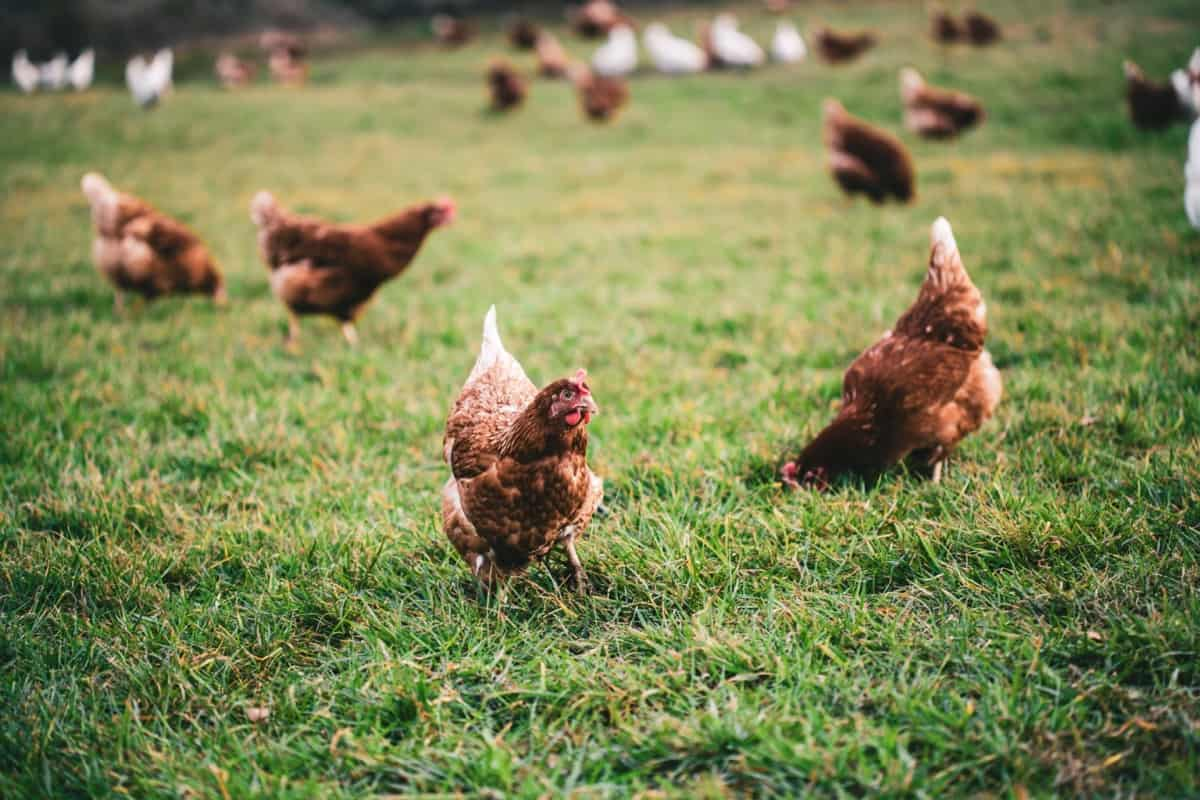
Best Practices for Pasture-Based Chicken Farming
Implementing best practices for pasture-based chicken farming is crucial for ensuring optimal welfare, production, and environmental sustainability results. By implementing these best practices, farmers can optimize the welfare, productivity, and sustainability of pasture-based chicken farming, ensuring healthier birds, improved product quality, and reduced environmental impact.
Maximizing Foraging Behavior: By providing adapted birds with permanent access to pasture, they learn to forage on plants and protein sources such as insects and worms. Pasture rotation should be employed to maximize foraging behavior, prevent soil erosion, and maintain grass cover. Early access to the outdoors improves pasture utilization and reduces injurious feather pecking.
Feeding Management: Pasture intake varies depending on strain, age, and forage characteristics. While pasture contributes to bioactive compound intake, it may limit nutrient utilization, growth rates, and feed efficiency due to high fiber content. Thus, birds raised on pasture still require a grain-based ration formulated for their growth stage.
Pasture Rotation: Regular pasture rotation helps it recover from grazing, reduces feeding costs, and minimizes pathogen infestation. Pasture should be rotated at least every two to three months, if not more frequently. Proper pasture management prevents health issues and mitigates environmental impact.
Outdoor Stocking Densities: Outdoor stocking densities and group sizes should balance soil type, grass growth, environmental impact, and bird health/welfare. The recommended outdoor area per bird is four m² (per EC guidelines), but the density depends on genetic strain, environmental enrichment, season, and management practices.
Mitigating Climate Variations and Disease Control: Managing free-range birds is challenging due to uncontrollable environmental conditions. Warm and wet conditions increase disease spread. Sanitation, isolation, and rotational schedules considering parasite lifecycle are crucial preventive measures to control diseases in organic systems.
Feather Pecking and Aggressiveness: Feather pecking can cause significant economic and welfare problems. Providing foraging substrates or access to grass can reduce aggression and feather-pecking tendencies.
Preventing Predation: Free-range birds are vulnerable to predation. Permanent or electrified fencing helps protect against predators such as foxes, minks, dogs, and badgers. Trees or bush cover can provide bird security and help deter raptor attacks.
Housing: Housing systems can be movable or stationary. Frequent movement of units decreases disease transmission risk and prevents soil contamination. Buffer areas between stationary barns and outdoor paddocks reduce nutrient loading and maintain a clean environment.
In case you missed it: The Genetic Revolution Enhancing Chicken Farming Through Genetics
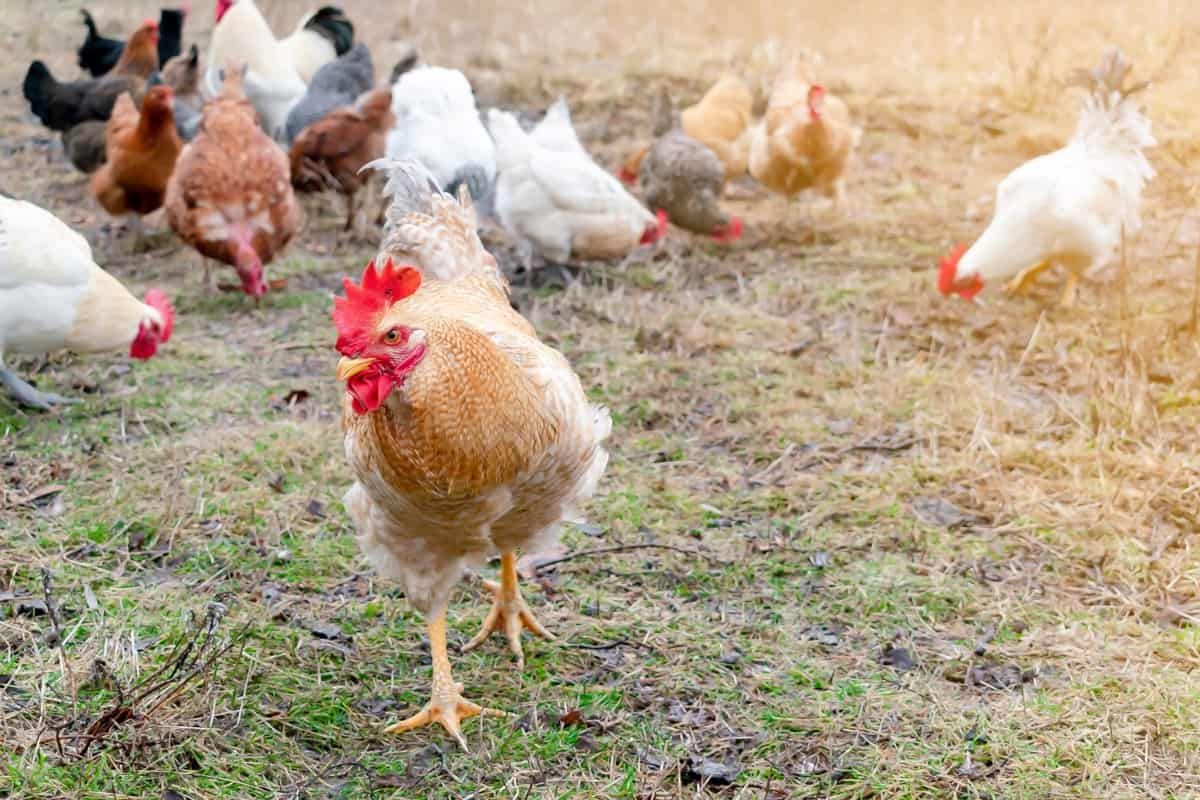
Pasture-Based Solutions for Free-Range Chicken Welfare
- Natural Environment: Chickens benefit from foraging, scratching, and dust bathing in grassland.
- Exercise and Space: Pasture-based systems provide hens plenty of space to exercise and reduce the incidence of obesity and related health concerns.
- Diverse Diet: Pasture grazing lets hens eat more plants, insects, and worms, creating a healthier and richer diet.
- Mental Stimulation: Chickens’ cognitive growth and stress reduction benefit from the pasture’s dynamic environment.
- Reduced Aggression: Pasture and space can reduce chicken aggression by lowering overpopulation and resource competition.
- Outdoor exposure enhances chickens’ immune systems, lowering illness and enhancing health.
- Sunlight and Vitamin D: Pasture-raised hens can synthesize vitamin D from sunlight for bone health and immunological function.
- Due to preening and sunshine, pasture-raised chickens have improved their feather condition.
- Behavioral Expression: Chickens need pasture-based systems to exhibit various natural behaviors for their physical and mental health.
- Consumer Satisfaction: Pasture-based solutions meet consumer desires for ethically reared chicken, giving transparency and superior welfare standards.
- Access to free range in poultry systems improves welfare by allowing birds to exhibit natural behaviors and reduce stress.
- Free-range systems may face challenges in providing freedom from thermal and physical discomfort due to climate extremes, but they also offer choices for birds to seek warmth or cool places.
- Freedom from pain, injury, and disease is complicated in free-range systems as beak trimming is generally banned, and birds are more exposed to wildlife and infectious diseases.
- Environmental enrichment in free-range systems allows birds to express normal behaviors and exhibit signs of calmness and comfort.
- Extra space, small flocks, and low stocking density in free-range systems help reduce stress and promote freedom from fear and distress.
- Predators threaten broiler losses in free-range systems, and appropriate protection measures should be implemented.
In case you missed it: How to Manage Chicken Feed Costs: Economic Strategies for Nutritious Poultry Diets
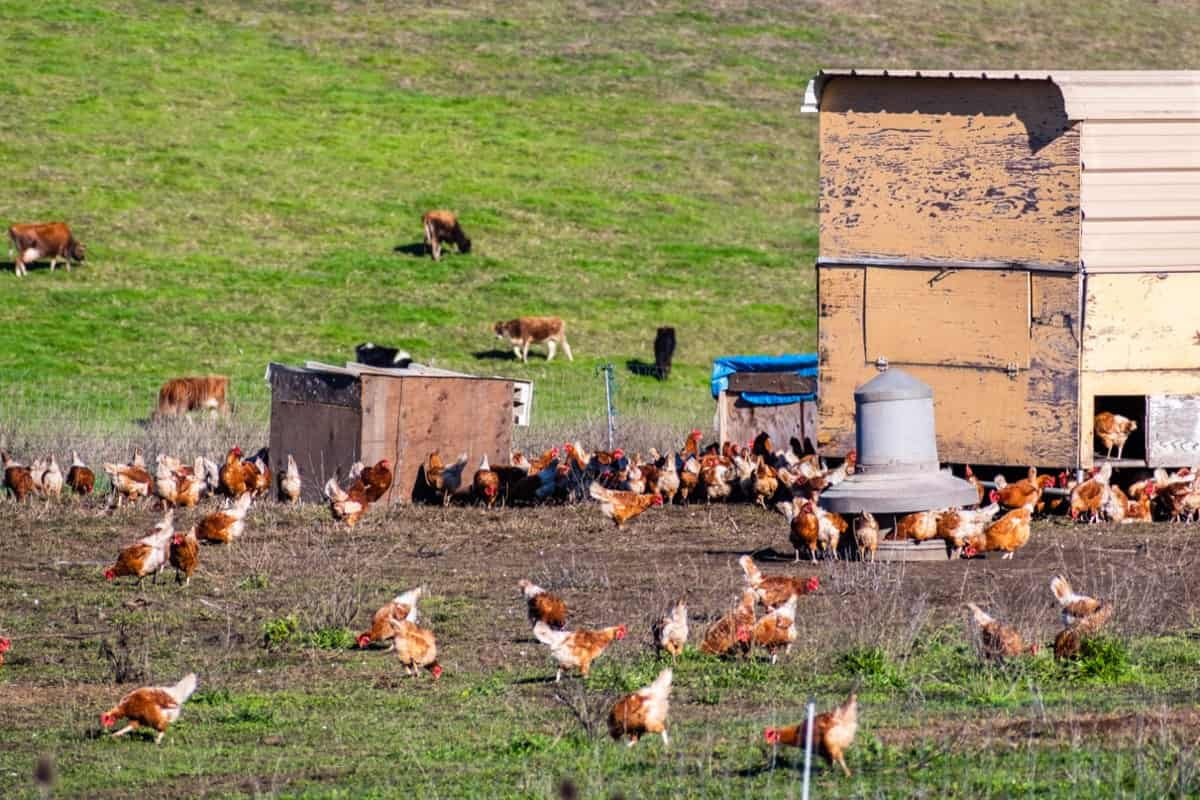
Problems and Solutions for Pasture-Based Chicken Farming
- Organic egg and meat production typically use the same genetics as conventional stock, as traditional breeds are not financially viable for most organic producers.
- Slow-growing broiler strains are preferred in organic systems to avoid welfare issues associated with excessive weight, such as leg weakness, high culling, and mortality rates.
- Organic regulations prohibit the use of fast-growing strains beyond a certain age, as these birds tend to exhibit reduced activity and motion.
- Slow-growing broiler genotypes have lower protein and energy requirements than fast-growing breeds, and they engage more in natural behaviors like foraging, walking, and perching.
Challenges and Considerations in Organic Poultry Management
- Organic poultry farms face challenges in maintaining good health and welfare, and areas for further research include pasture enrichment and keel bone breakages.
- Organic meat production does not specifically aim to reduce pathogen loads, and raising animals outdoors and using small-scale slaughtering facilities may pose higher microbiological risks.
- Zoonotic diseases like Campylobacter and Salmonella are more prevalent in free-range birds than in enclosed housing, but antimicrobial resistance is generally lower in organic chickens.
- Organic poultry products like eggs and meat from pasture-raised poultry may have additional nutritional benefits, including higher vitamin D3 content and access to bioactive compounds.
- Access to pastures in free-range systems can contribute to poultry flavor, and forages and herbs may impart distinctive flavors to the meat.
- Organic production systems have shown potential for improving meat quality, including sensory attributes, fatty acid profiles, cholesterol content, and oxidative status.
Profitability of Pasture-Based Free-Range Chicken Farming
Interest in free-range poultry farming has increased in developed countries due to concerns about animal welfare in intensive farming systems. The welfare of free-range birds should ensure that they are free from hunger, thirst, discomfort, pain, injury, disease, fear, and distress, allowing them to express normal behaviors. Swedish regulations for free-range birds prioritize animal welfare, environmental preservation, and the avoidance of beak trimming.
Free-range systems have shown positive indicators of bird health, such as firm feather coverage, warm combs and wattles, and signs of calmness and comfort like dust and solar bathing, stretching wings, and preening. European Union regulations specify conditions for free-range egg production, including daytime access to open-air runs, vegetation-covered ground, limited stocking densities, and specific interior requirements.
Consumer demand for free-range products has also increased, with perceptions of healthier and higher-quality eggs leading to increased market shares. Proper housing, breed selection, temperature management, stocking density, nest boxes, rotation, and addressing behavioral issues like feather pecking and cannibalism are crucial for successful free-range poultry farming.
In case you missed it: Maximizing Efficiency: How to Optimize Chicken Farm Operations
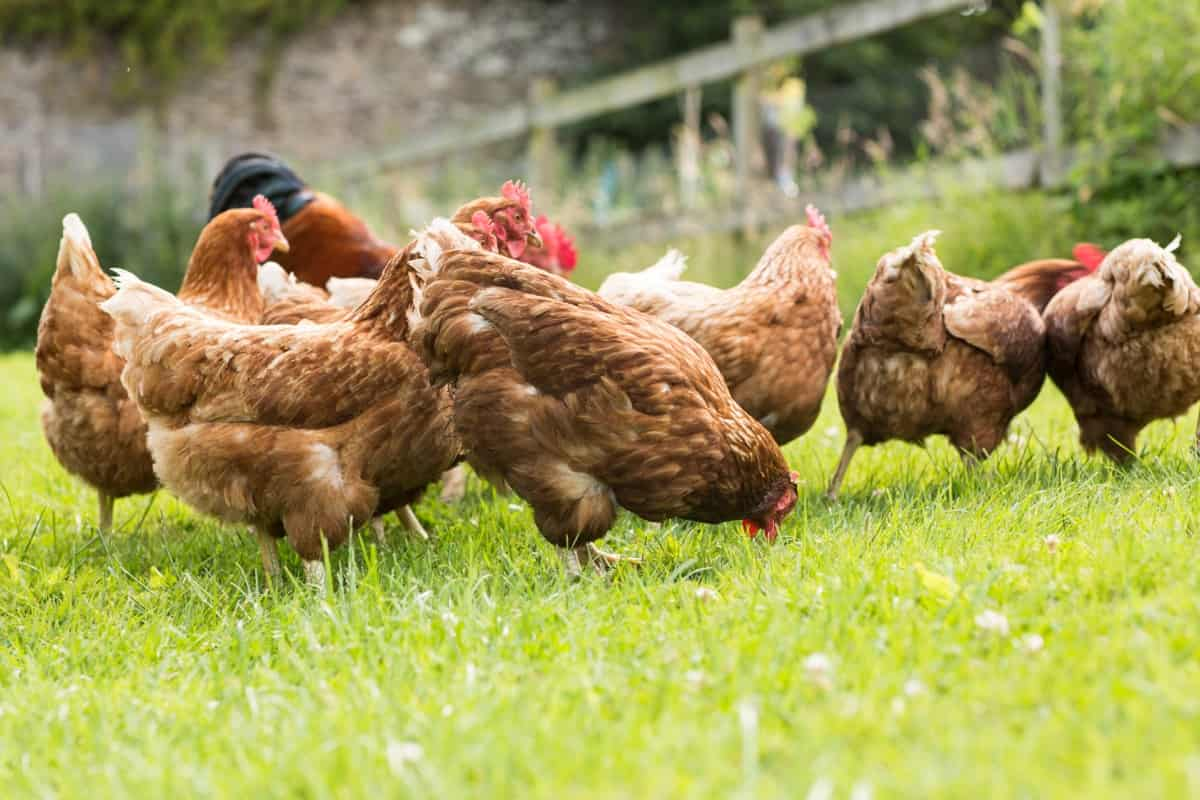
Incorporating free-range poultry into crop-pasture rotation systems has shown potential benefits in weed, pest, and disease control, improved soil fertility, and consumer perception. However, more research is needed to enhance performance and livability in free-range systems and to address issues related to farming, nutrition, and disease control.
Pasture-Based Chicken Rearing Has Environmental and Health Benefits
- Pasture-based chicken rearing offers environmental and health benefits.
- Environmental benefits include reduced carbon footprint and land use compared to intensive indoor systems.
- Chickens raised on pasture contribute to soil health through natural fertilization and pest control.
- Pasture-based systems promote biodiversity by providing insect, bird, and other wildlife habitats.
- Health benefits include a lower risk of antibiotic use, as chickens have access to natural forage and exercise.
- Pasture-raised chicken meat and eggs may contain higher beneficial nutrients, such as omega-3 fatty acids and vitamin D3.
Combining Chicken Farming with Pasture-Based Systems
Chickens raised in pasture-based systems have improved their overall health and welfare. These systems give chickens access to fresh air, sunlight, and a diverse range of plants and insects to forage on, resulting in a more natural and nutritious diet. Moreover, pasture-based systems promote sustainable farming practices by reducing the need for artificial and chemical feed and pesticides.
Research indicates that these systems can increase egg production and improve meat quality. Additionally, farmers can enhance soil fertility through natural manure deposition by integrating chickens into pasture-based systems. This integrated approach improves animal welfare and product quality and contributes to environmental sustainability in the agricultural industry.
Regulations for Pasture-Based Chicken Farming
Pasture-based chicken farming regulations ensure animal welfare and high-quality standards. Key points include housing requirements, outdoor access, health and safety measures, feed and water, environmental impact, labeling, and marketing. Compliance with these regulations promotes sustainable and ethical practices, ensuring chicken welfare and promoting ethical practices.
Successful Pasture-Based Free-Range Chicken Farming Feeding
Feeding free-range chickens involves a mixed diet of seeds, fruits, herbage, and invertebrates. Chickens forage by browsing on herbage and scratching the ground to expose food items. Juvenile birds primarily consume invertebrates for their high protein content, while adults eat cereals in autumn and winter and grass and herbage in spring and summer. Free-range chickens can select a diet that meets their nutritional needs and can benefit from consuming weed seeds and pests.
However, toxic plants and seeds can be challenging, and poultry should not be kept on contaminated land. Feeding requirements for free-range birds are more complex due to their foraging activity and variable environmental conditions. Nutrient requirements of local breeds used in free-range systems have yet to be well known. Free-range birds rely on foraging for a portion of their feed intake, but the exact amount and types of nutrients obtained from foraging still need to be determined.
In case you missed it: Raising Kadaknath Chickens (Black Chicken) in India: Check How this Guide Helps Profitable Kadaknath Poultry Farming from Scratch
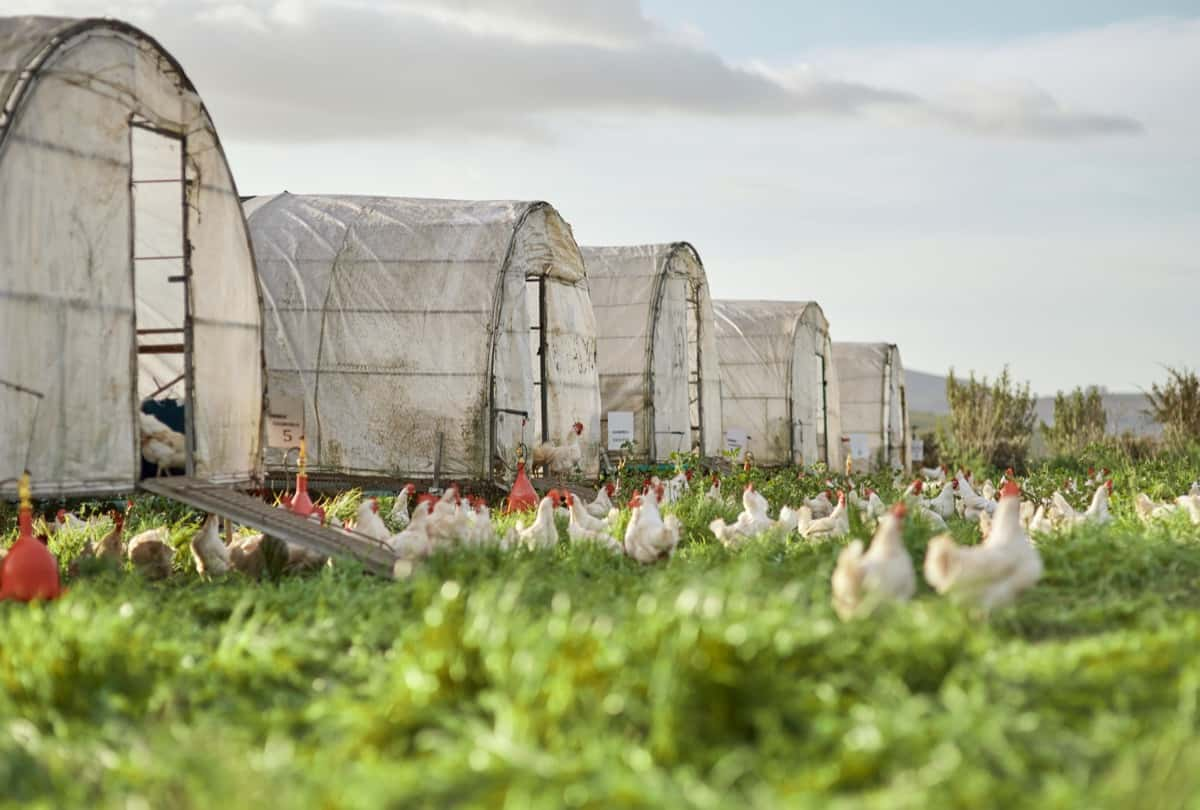
The availability of feed for foraging in relation to land carrying capacity and seasonal changes has yet to be quantified. Methods using plant alkanes as markers have been developed to measure forage intake in grazing animals but have not been established for free-range birds. Biobalanced feed management systems aim to reduce feed costs and waste by formulating diets with only the necessary nutrients for maintenance and production.
Disease control is challenging in free-range systems, and vaccinations should be utilized. The productivity of free-range poultry is generally lower than intensive systems, with egg production fluctuating with the season and influenced by genetics, disease control, feed quality, and pasture availability.
Conclusion
Implementing pasture-based systems in free-range chicken farming is crucial to improving animal welfare and quality. By allowing chickens to access outdoor areas for foraging and natural behaviors, these systems promote healthier, happier birds and contribute to producing high-quality, ethically raised poultry.
- Types of Pesticides Used in Agriculture: A Beginner’s Guide
- Economical Aquaculture: A Guide to Low-Budget Fish Farming
- 15 Common Planting Errors That Can Doom Your Fruit Trees
- How to Make Houseplants Bushy: Effective Tips and Ideas
- Innovative Strategies for Boosting Coconut Pollination and Yield
- Pollination Strategies for Maximum Pumpkin Yield
- The Complete Guide to Chicken Fattening: Strategies for Maximum Growth
- Natural Solutions for Tulip Problems: 100% Effective Remedies for Leaf and Bulb-Related Issues
- Revolutionizing Citrus Preservation: Towards a Healthier, Greener Future
- Natural Solutions for Peony Leaf and Flower Problems: 100% Effective Remedies
- Maximizing Profits with Avocado Contract Farming in India: A Comprehensive Guide
- Natural Solutions for Hydrangea Problems: 100% Effective Remedies for Leaf and Flowers
- The Ultimate Guide to Choosing the Perfect Foliage Friend: Bringing Life Indoors
- From Sunlight to Sustainability: 15 Ways to Use Solar Technology in Agriculture
- The Ultimate Guide to Dong Tao Chicken: Exploring from History to Raising
- The Eco-Friendly Makeover: How to Convert Your Unused Swimming Pool into a Fish Pond
- Mastering the Art of Delaware Chicken Farming: Essentials for Healthy Backyard Flocks
- 20 Best Homemade Fertilizers for Money Plant: DIY Recipes and Application Methods
- How to Craft a Comprehensive Free-Range Chicken Farming Business Plan
- Brighten Your Flock: Raising Easter Egger Chickens for Beauty and Bounty
- How to Optimize Your Poultry Egg Farm Business Plan with These Strategies
- Subsidy for Spirulina Cultivation: How Indian Government Schemes Encouraging Spirulina Farmers
- Ultimate Guide to Raising Dominique Chickens: Breeding, Feeding, Egg-Production, and Care
- Mastering the Art of Raising Jersey Giant Chickens: Care, Feeding, and More
- Ultimate Guide to Raising Legbar Chickens: Breeding, Farming Practices, Diet, Egg-Production
- How to Raise Welsummer Chickens: A Comprehensive Guide for Beginners
- How to Protect Indoor Plants in Winter: A Comprehensive Guide
- Ultimate Guide to Grow Bag Gardening: Tips, Tricks, and Planting Ideas for Urban Gardeners
- Guide to Lotus Cultivation: How to Propagate, Plant, Grow, Care, Cost, and Profit
- Agriculture Drone Subsidy Scheme: Government Kisan Subsidy, License, and How to Apply Online
- Ultimate Guide to Raising Araucana Chickens: Breed Profile, Farming Economics, Diet, and Care
- Bringing Hydroponics to Classroom: Importance, Benefits of Learning for School Students
- Ultimate Guide to Raising Polish Chickens: Breed Profile, Farming Economics, Diet, and Care
- Ultimate Guide to Raising Australorp Chickens: Profile, Farming Economics, Egg Production, Diet, and Care
- Silkie Chicken Farming: Raising Practices, Varieties, Egg Production, Diet, and Care
- Sussex Chicken Farming: Raising Practices, Varieties, Egg Production, Diet and Care